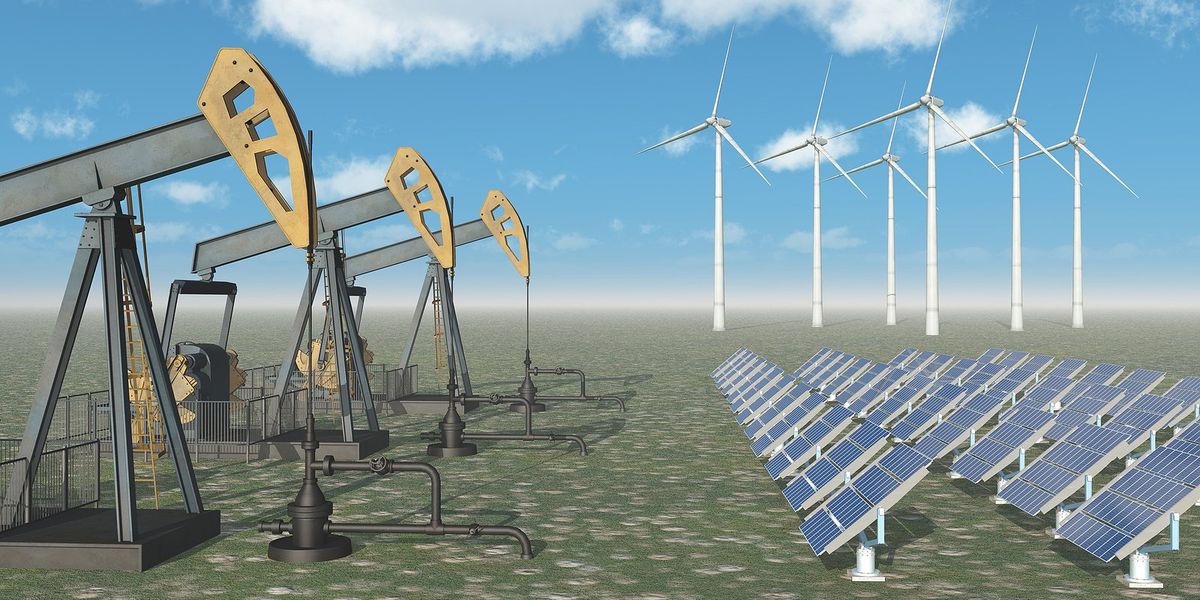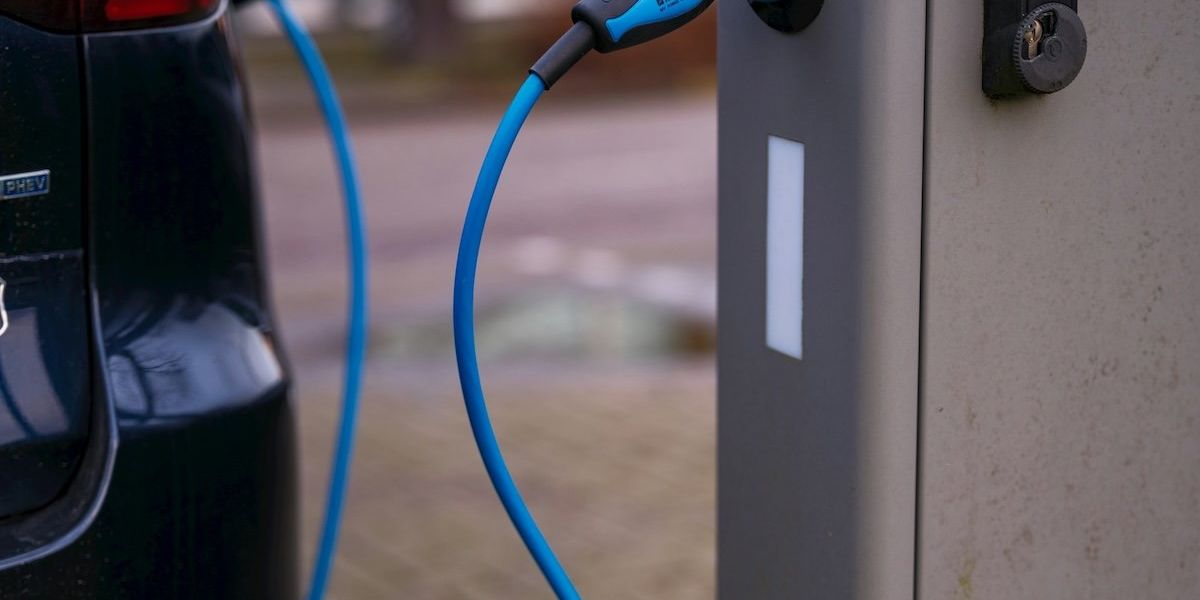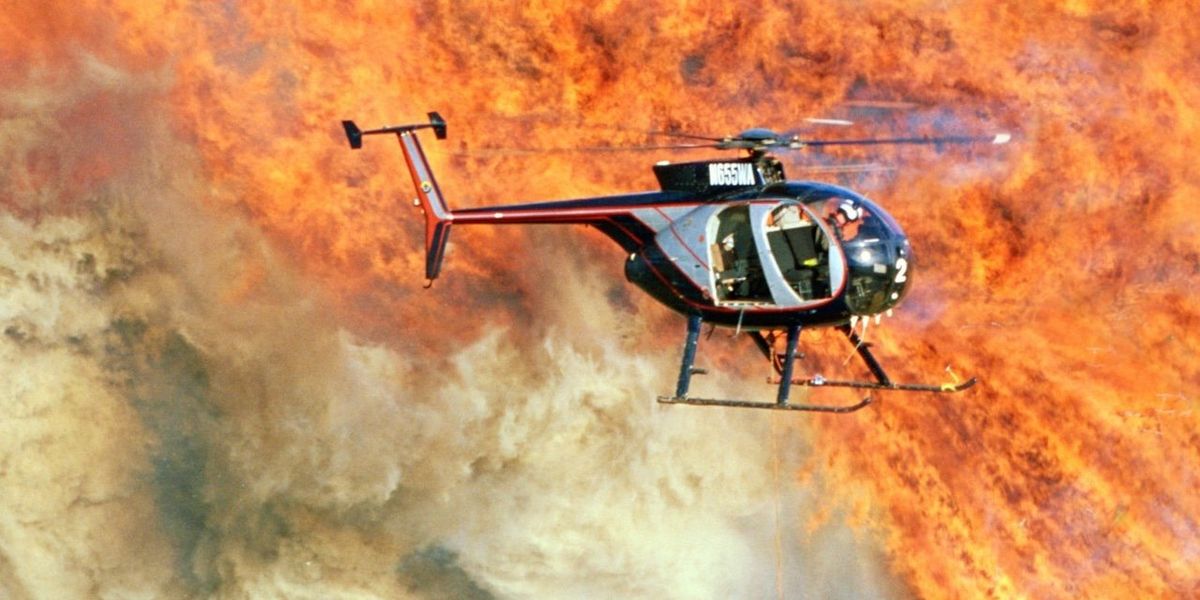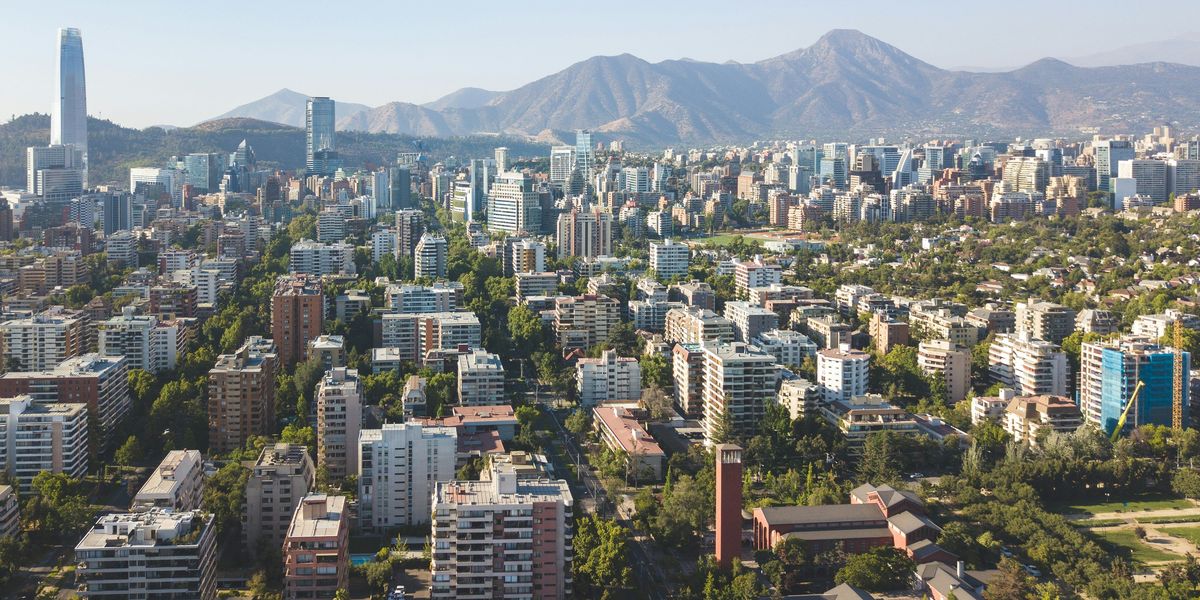New grid rules struggle to keep pace with AI, extreme weather, and political divides
U.S. electric grid operators warned federal regulators this week that rapid growth in artificial intelligence and extreme weather are straining outdated energy policies and pushing blackout risks to unprecedented levels.
Peter Behr reports for E&E News.
In short:
- Grid executives told the Federal Energy Regulatory Commission that outdated market rules cannot handle the explosive demand from data centers and AI, with one major grid operator forecasting that 94% of its demand growth through 2030 will come from data centers alone.
- Regional power markets face vastly increased outage risks due to extreme weather and rising reliance on wind and solar, with one operator saying outages are now 125 times more likely than they were eight years ago.
- State and federal regulators clashed over how to assign responsibility for ensuring adequate power generation, with some calling for states to contract directly for new capacity and others warning that political fragmentation hinders collective action.
Key quote:
“We are now projecting our peak demand to be as much as 75% higher 10 years from now, and that’s largely driven by electrification and data center growth.”
— Lanny Nickell, CEO of Southwest Power Pool
Why this matters:
America’s power grid is cracking under pressure. Surging electricity use from data centers — especially those fueling AI — is colliding with a shift to renewable energy sources and mounting threats from climate-fueled extreme weather like big storms and heatwaves. The current grid, shaped by 20th-century assumptions, was never designed for this level of complexity or risk. And while regulators and utilities scramble to adapt, the patchwork of state policies, politics, and market rules is slowing progress. As energy demand spikes and traditional generation sources retire, failure to add capacity could mean more blackouts, higher energy prices, and greater public health dangers.
Read more: Heat is threatening the integrity of America’s infrastructure













